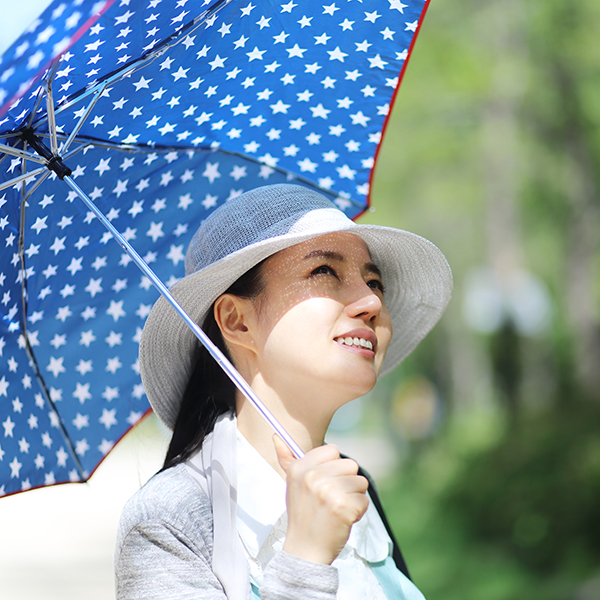Safely enjoy fun in the sun
A daily dose of vitamin D from the sun is just what the doctor ordered.
Work and play outdoors is a great way to exercise and reduce stress.
According to the Centers for Disease Control and Prevention (CDC), time outdoors can improve overall health and wellness. And while the sun is a natural way to get adequate levels of vitamin D, it also has harmful ultraviolet rays called UV rays. Too much of a good thing, in this case, is a bad thing. Those UV rays can cause skin cancer.

Protect yourself in the sun
Fortunately, there are ways to enjoy all the benefits of the sun while reducing the risk of skin cancer.
Use sunscreen all year
We usually only think of sunscreen in the summer, but the sun is out all year long. Your very best bet for protection is to wear sunscreen every day that you are outside. This includes time in the shade.
Stay in the shade
It may not feel like it, but even if you’re in the shade, you’re still getting the benefits of the sun. You can use an umbrella, tree, or other shelters for shade. Don’t think this protects you though. The shade offers some protection, but you’re also still getting some UV ray exposure. It’s still best to also use sunscreen.
Wear protective clothing
Long-sleeved shirts, pants, and skirts provide excellent protection. In the warmer summer months, wear long clothing made of breathable fabrics. This includes the beach. Clothes with tight-woven fabric offer the best protection. Note that dry and dark clothing offers better protection than wet or light-colored clothing. Some clothing is UV-certified under international standards and offers better protection against UV rays.
Wear hats
A hat with a brim that goes all the way around is best. It will shade your face, ears, and back of your neck. A tightly woven fabric hat, like canvas, is ideal. Avoid straw hats that let in more sunlight. A darker hat may offer more protection. If you wear a baseball cap, protect your ears and neck with collars, sunscreen, and by staying in the shade.
Wear sunglasses
Your eyes can be damaged by UV rays as well. The rays increase the risk of cataracts. Find sunglasses that block both UVA and UVB rays. Most sunglasses sold in the U.S. are made with these lenses. Wrap-around sunglasses work best because they block UV rays from sneaking in from the side.
More about sunscreen
There are many sunscreen options on the market. We have a few tips to help you choose, and how best to use it:
- Use a broad spectrum sunscreen that block both UVA and UVB rays.
- Choose a sun protector factor (SPF) of 15 or greater before going outside. SPF rates how well the sunscreen blocks UV rays. Higher numbers indicate more protection.
- Put a thick layer on all exposed skin.
- Reapply the sunscreen if you stay in the sun longer than two hours. Also reapply after swimming, sweating, or toweling off.
- Note the expiration date of your sunscreen, which has a shelf life of no more than three years. If it’s had long exposure to high temperatures, the shelf life is shorter.
Interested in health and wellness information? Visit the Capital Journal for more articles.
Sources:
Information from CDC. CDC sun safety article.
The information provided is meant for a general audience. Capital Blue Cross and its affiliated companies believe this health education resource provides useful information but does not assume any liability associated with its use.